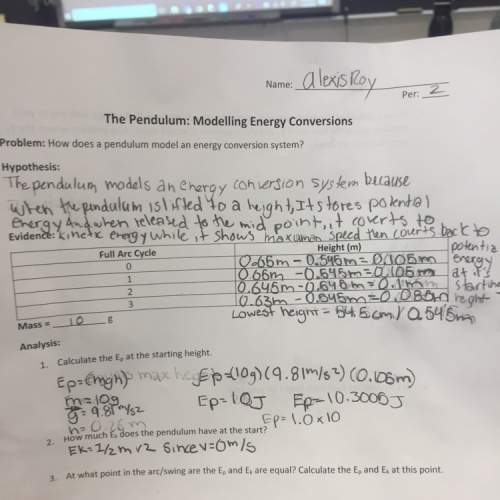
A complex system of objects, both point-like and extended ones, can often be treated as a point particle, located at the system's center of mass. Such an approach can greatly simplify problem solving.
Before you use the center of mass approach, you should first understand the following terms:
System: Any collection of objects that are of interest to you in a particular situation. In many problems, you have a certain freedom in choosing your system. Making a wise choice for the system is often the first step in solving the problem efficiently.
Center of mass: The point that represents the "average" position of the entire mass of a system. To find the coordinate x_{cm} of the center of mass of a system in a given frame of reference, the following definition can be used:
x_{cm}=\frac{\sum m_ix_i}{\sum m_i}
In this definition, each m_i is the mass of one of the objects within the system and x_i is the corresponding x-coordinate of that object.
Of course, y_{cm} and z_{cm} can be found in a similar way.
Internal force: Any force that results from an interaction between the objects inside your system. As we will show, the internal forces do not affect the motion of the system's center of mass.
External force: Any force acting on an object inside your system that results from an interaction with an object outside your system.
Consider a system of two blocks that have masses m_1 and m_2:
Assume that the blocks are point-like particles and have coordinates x_1 and x_2 as shown. In this problem, the blocks' motion is restricted along the x-axis.
A)
Find the x-coordinate of the center of mass of the system.
Express your answer in terms of m_1, m_2, x_1 and x_2.
D)
Let us assume that the blocks are in motion, and the x-components of their velocities at a certain moment are v_1 and v_2, respectively.
Find the x-component of the velocity of the center of mass at that moment. Remember that, in general,
v_x=\frac{dx}{dt}
Express your answer in terms of m_1, m_2, v_1 and v_2.
F)
Let us assume that the blocks are in motion, and the x-components of their momenta at a certain moment are p_1 and p_2, respectively.
Find the x-component of the velocity of the center of mass at that moment.
Express your answer in terms of m_1, m_2, p_1 and p_2.
H)
Let us assume that the blocks are accelerating, and the -xcomponents of their accelerations at a certain moment are a_1 and a_2, respectively.
Find the x-component of the acceleration of the center of mass at that moment. Remember that, in general,
a_x=\frac{dv_x}{dt}
Express your answer in terms of m_1, m_2, a_1 and a_2.
We will now consider the effect of external and internal forces on the acceleration of the center of mass.
I)
Consider the same system of two blocks. An external force \vec{F} is now acting on block m_1. No forces are applied to block m_2.
View Figure
Find the acceleration of the center of mass of the system.
Express your answer in terms of the x-component F of the force, m_1 and m_2.
J)
Consider the same system of two blocks. Now, there are two forces involved. An external force \vec{F_1} is acting on block m_1 and another external force \vec{F_2} is acting on block m_2.
Find the acceleration of the center of mass of the system.
Express your answer in terms of the x-components (not magnitudes!) F_1 and F_2 of the forces, m_1 and m_2.
L)
Consider the same system of two blocks. Now, there are two internal forces involved. An internal force \vec{F_{12}} is applied to block m_1 by block m_2 and another internal force \vec{F_{21}} is applied to block m_2 by block m_1 .
Find the acceleration of the center of mass of the system.
Express your answer in terms of the x-components (not magnitudes!) F_12 and F_21 of the forces, m_1 and m_2.
x. i5Sx. i5

Answers: 2


Other questions on the subject: Physics

Physics, 22.06.2019 07:50, babbybronx
Imagine you are standing in the antarctic during the southern hemisphere summer. the sky is clear and blue. there are no clouds in the sky. your shadow is cast on the icy ground. what is the color of the shadow?
Answers: 1

Physics, 22.06.2019 21:50, gshreya2005
Which component is used to measure the current in a circuit? oa. switch ob. resistor oc. ammeter the answer is c. for y’all plato people
Answers: 1


Physics, 23.06.2019 00:30, PENTALIZARD2834
What is the relationship between ozone and smog?
Answers: 1
You know the right answer?
A complex system of objects, both point-like and extended ones, can often be treated as a point part...
Questions in other subjects:

Chemistry, 13.11.2020 21:00

Mathematics, 13.11.2020 21:00

Mathematics, 13.11.2020 21:00

Mathematics, 13.11.2020 21:00


Mathematics, 13.11.2020 21:00

Computers and Technology, 13.11.2020 21:00







